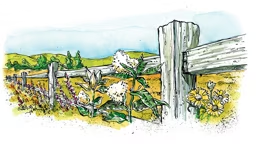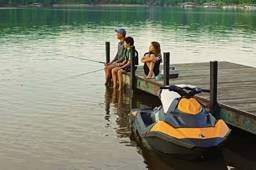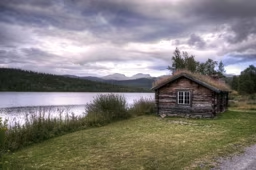August is Tree Check Month, and the Animal and Plant Health Inspection Service (APHIS) of the U.S. Department of Agriculture (USDA) is urging the public (and cabin owners) to inspect trees for signs of Asian longhorned beetle (ALB).
About ALB
The beetle was first discovered in the United States in 1996, and it likely arrived via wood packing material from Asia. It is an invasive insect that feeds on a variety of hardwood species, eventually killing them. Maple, willow, elm, horsechestnut and birch are the host trees most preferred by the pest, but ALB has also been known to attack ash, poplar and mimosa trees.
Infestations have been found in New York (1996), Illinois (1998), New Jersey (2002), Massachusetts (2008) and Ohio (2011), resulting in the removal of more than 85,000 host trees. ALB threatens recreational areas, forests, and suburban and urban shade trees. Important American industries such as timber, nursery stock, maple syrup production, and tourism are also at risk.
“August is a time of peak emergence for the beetle and is most likely when members of the public will see an adult beetle infesting trees,” states Scott Pfister, Director for APHIS' Pest Management Division. “We’re asking people to take 10 minutes and check your trees for the beetle and any signs of damage it causes.”
Signs of infestation
When checking the trees on your cabin, cottage, camp or lakehome property, look for these signs of ALB damage:
- Dime-sized exit holes, roughly ¼ inch or larger. They are perfectly round and can be found on an infested tree's trunk and branches.
- Round or oval shallow scars in the bark where the females chew oviposition (egg-laying) sites.
- Frass (excrement), a sawdust-like material, on the ground at the base of the tree or at the crotches of branches.
- Dead branches or canopy dieback (these may indicate a problem).
Finally, look for the beetle itself on the tree trunk, branches, on the ground, and on surfaces near the tree. The ALB features these identifiable characteristics (see image above):
- Shiny, jet black body with random white spots
- Body is 1 to 1½ inches in length
- Antennae are longer than the body and have black and white bands
- Six legs
What you can do
The most important thing you can do to protect your trees is to check them regularly. Early detection is crucial. Once the ALB infests a tree, there is no cure for that tree, but quick action to remove the pest and any infested trees can protect the futures of healthy trees in the area.
USDA works closely with federal partners, states, communities and the public to combat the pest in areas where infested trees have already been found. While eradication has been declared in Illinois (2008), New Jersey (2013) and Islip, N.Y. (2011), the eradication efforts continue in Ohio, Massachusetts, and New York.
If you find a beetle, try to take a picture or capture it by placing the insect in a jar and freezing it for identification. Report any signs or symptoms of an infestation immediately. For more information, visit www.aphis.usda.gov or www.asianlonghornedbeetle.com, or call the toll free hotline: 1-866-702-9938.








